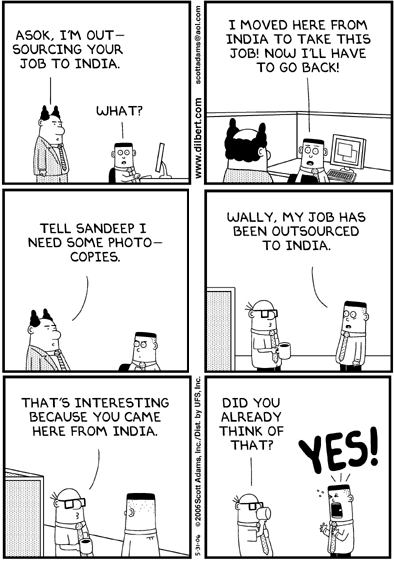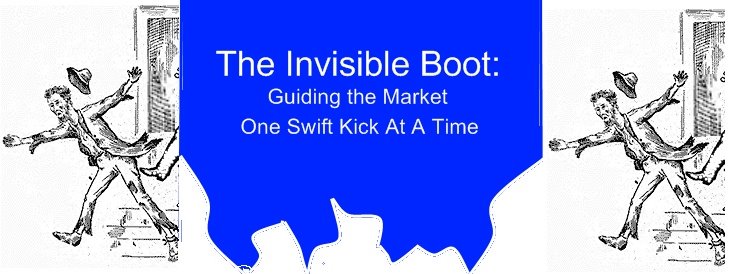In response to the question over differences between Wal Mart and Costco, I will introduce a new concept to explain differences in the pricing scheme between a traditional retailer and a discount club. The difference comes from the way prices are set to increase the propensity to consume for customers.
For a traditional retailer, their goal is to price with a difference of the cost and a percentage markup to cover the fixed and variable costs and have a profit. This markup is usually variable and can be none if the firm seeks to engage in loss leading to take out a competitor. Such a phenomenon occurs often with the opening of a new major retailer, since they can spread the losses out over many stores, so the damage to the company overall is negligible compared to the increased market share from removal of competition.
In contrast, a discount club store operates on a different pricing mechanism. By selling near cost, Costco or Sam's Club offers higher savings (known as
consumer surplus) compared to the price they would be willing to pay for the same item in a traditional store. As a result, if the discounter only sold at cost, they would go out of business since the profit motive would be removed and they would lose money since the fixed and variable costs would make them lose money. To counteract this reality, the discounter makes up for the difference in consumer surplus by charging a membership fee which creates a small profit and covers the operating costs. As a result, the membership fee is usually tiered to a point where all consumer surplus is removed from all but the highest volume purchasers, so the consumer is not better off shopping the discounter than anywhere else. Naturally, some consumers, such as those with large families gain some consumer surplus, but the pricing including the membership fee precludes most consumers from benefitting economically, so the firm still realizes profit. This type of pricing is known as two-tiered pricing, and is done to ration things for which different classes of consumers have different levels of elasticity.


